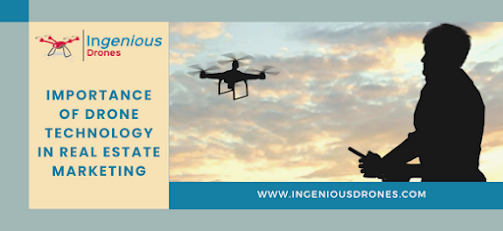How are drones in construction and development changing the industry?
Drones have emerged as a transformative technology in the construction and development industry, reshaping traditional practices and unlocking a multitude of benefits. One of the most significant ways drones are revolutionizing the sector is through their ability to conduct precise site surveying and mapping. Equipped with advanced cameras and LiDAR technology, drones can swiftly capture high-resolution imagery of construction sites, facilitating the creation of detailed topographic maps and 3D models. This streamlines the initial planning stages of projects, enabling stakeholders to make informed decisions based on accurate data. Moreover, drones are playing a pivotal role in progress monitoring throughout the construction process. By providing real-time aerial footage, project managers can closely monitor work advancement, identify potential bottlenecks, and ensure that projects adhere to timelines. This enhanced oversight enhances project management efficiency and helps to mitigat


